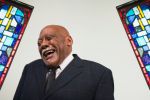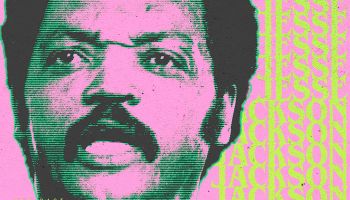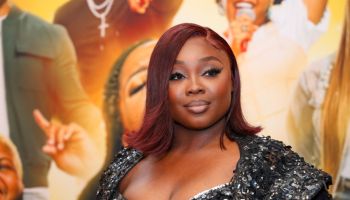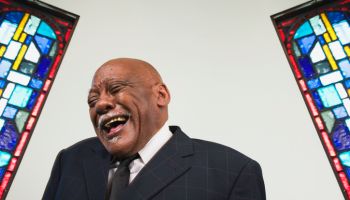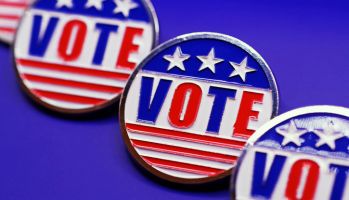Presidential elections are usually the period where voter turnout is massive, where Black issues become major talking points during debates, the thought that the “Black Vote” can swing any election grows from a whisper to a massive call for attention and then some.
When it comes to running for President, however, it’s less a novel concept and more of a tangible idea. In fact, there were two notable candidates in senators Kamala Harris and Cory Booker, both of different backgrounds from different coasts, both running to secure the Democratic nomination for President in 2020.
The history of black men and women running for President stretches longer than you think. Aside from Barack Obama serving two terms as the nation’s 44th president, history will tell you about how Shirley Chisholm made history by becoming the first African-American woman to secure votes at the Democratic National Convention in 1972. Or that Jesse Jackson earned the highest number of votes for a black candidate in 1988 with 1,200 votes at the Democratic National Convention that year.
But blacks running for that particular seat date all the way back to the 1800s, and one Frederick Douglass.
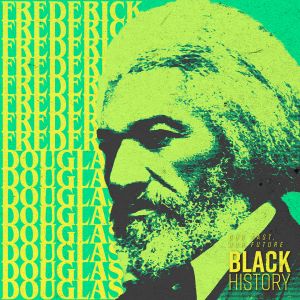
Source: Creative Services / iONEDigital
Fredrick Douglass
Number of Times Run: 2 (1848, 1888 – also ran as Vice President in 1872)
Result: 1 vote at convention
Douglass, who became the first Black man or woman to run for President in 1848, initially ran as part of the Liberty Party, followed by the Republican Party. In 1872, he was nominated as the Vice Presidential nominee for the Equal Rights Party. He only received one vote at the convention.
The noted abolitionist still found his way to the White House, namely as an advisor. Douglass advised Abraham Lincoln during the Civil War, not long after he initially criticized the 16th President. Once Lincoln signed the Emancipation Proclamation, Douglass’ opinion of him changed as over time and more Blacks began fighting for the Union, Douglass demanded that those soldiers receive equal pay.
It would be decades after Douglass before another serious nominee garnered the attention of voters, albeit not from a political party many would agree with at the time.
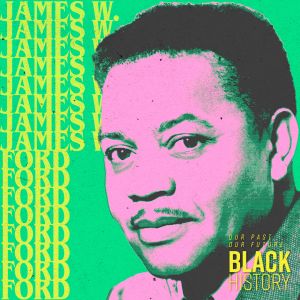
Source: Creative Services / iONEDigital
James W. Ford
Number of Times Run: 3 (Vice Presidential Nominee of the Communist Party 1932 – 1940)
Result: 102,991 votes in 1932, 80,195 in 1936, no electoral votes.
The first black man to be on a presidential ticket in the 20th century, Ford’s goal in the Communist Party was to secure four things for black men and women in America: help with evictions, jobs, services, and civil rights – a precursor to the demand for civil liberties and beyond that would become launching points of Black candidates in the 1960s and beyond.
Ford, the VP nominee to William Z. Foster, helped secure over 100,000 votes in the general election of 1932, the most (up to that point) any Black candidate had ever received in an election for President or Vice President.
12 years after Ford’s last attempt at becoming vice president, civil rights activist Charlotta Bass took it one step further.
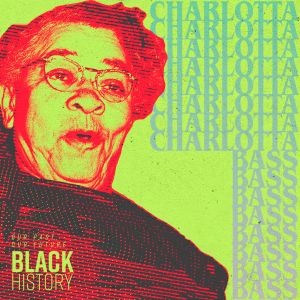
Source: Creative Services / iONEDigital
Charlotta Bass
Number of Times Run: 1 (1952, Vice Presidential Candidate, Progressive Party)
Result: 140,023 popular votes, no electoral votes
Bass made history in the 1950s, becoming the first black woman ever nominated by a political party for Vice President. Running on the Progressive ticket, she and running mate Vincent Hallinan secured 140,000 votes in the 1952 election won by Dwight D. Eisenhower. Her major campaign issues? Women’s rights, social issues, an end to the Korean War and peace with the then Soviet Union.
The radical tones of the 1960s with the likes of Black Panther Party members Eldridge Cleaver and Angela Davis both running for President, albeit on different tickets throughout the decade but one actually made it to a major convention and secured votes.
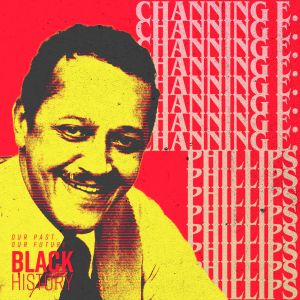
Source: Creative Services / iONEDigital
Channing E. Phillips
Number Of Times Run: 1 (1968)
Result: 67 votes at the Democratic National Convention
In an election cycle where both the Democrats and Republicans were looking to see who would replace Lyndon B. Johnson, Phillips, a New York preacher and activist ran a campaign that showed that in his words, “The Negro vote must not be taken for granted.” By securing votes as the handpicked choice of D.C. following the death of Robert F. Kennedy earlier that summer, Phillips became the first Black man to secure votes as a nominee for a major political party, 80 years after Douglass ran as a Republican.
As time progressed, following Phillips, more and more black names and voices began to rise in politics, in waves not seen since the days of Reconstruction in the 1860s and 1870s. By 1968, the same year Phillips secured votes at the DNC, another potential contender for President arrived making her own kind of history.
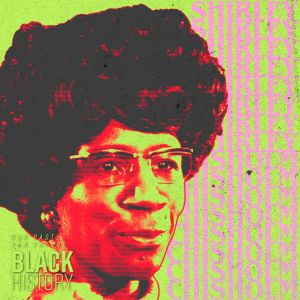
Source: Creative Services / iONEDigital
Shirley Chisholm
Number Of Times Run: 1 (1972)
Result: 152 votes at the Democratic National Convention
Chisholm had made history in 1968 when she became the first black woman ever elected to Congress. Four years later, after already making her name on the floor of the House of Representatives, Chisholm ran for the highest office in the land, saying that none of the other potential candidates were truly concerned for the “welfare of black people and the inner-city poor”. Despite being blocked from even participating in debates and dealing with racism and sexism throughout her campaign, Chisholm realized that showing people it could merely be done was a victory in itself. She died in 2005, three years before Barack Obama took the mantle and won the Presidency.
Chisholm’s race was a small victory for her in many ways. She had become the first black candidate, male or female to secure more than 100 delegates at a convention for a major political party. Others would follow in Chisholm’s footsteps in attempts to run for President such as Barbara Jordan in 1976 but were unsuccessful. Twelve years after Chisholm’s run, a man who walked with Dr. King would try his hand at the nomination for the Democratic party. After one failed attempt at running, 1988 seemed poised to be his time and a historic moment for African-Americans running for office.
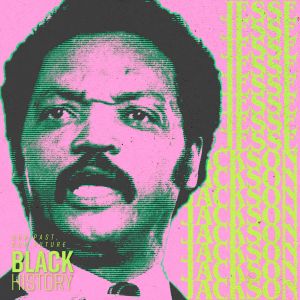
Source: Creative Services / iONEDigital
Jesse Jackson
Number of Times Run: 2 (1984, 1988)
Result: 466 votes at the 1984 Democratic national convention, 1,218 votes at the 1988 Democratic national convention
Riding the famed “Rainbow Coalition” of 1988, Jackson had understood what it took to be seen as a viable candidate after falling short in the 1984 Democratic primaries. With arguably the most extensive campaign platform from a black candidate yet, Jackson found himself right on the heels of Democratic front runner Michael Dukakis, and with a win in the Michigan primaries in early 1988, had been seen as the favorite to win the nomination.
Jackson’s plan for America included reparations for descendants of black slaves, an end to mandatory minimum sentences regarding the “War on Drugs”, reverse Reganaomic tax cuts and instead invest in social welfare programs, stricter enforcement of the 1965 Voting Rights Act and more. He won seven primaries and garnered nearly 7 million votes during his campaign and secured over 1,200 delegates during the ‘88 convention. Ultimately, Dukakis wound up winning the party’s nomination and America’s wait for the first black man or woman to win a major political party’s nomination for President would have to wait 20 years.
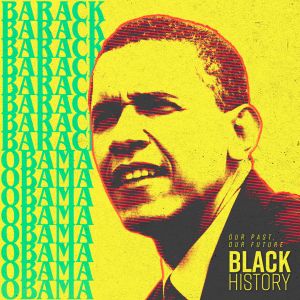
Source: Creative Services / iONEDigital
Barack Obama
Number of Times Ran: 2 (2008, 2012)
Result: Elected 44th President in 2008, Re-elected in 2012
Call it the perfect storm. One of the 21st centuries first great political flurries in regards to grassroots campaigning. Few foresaw Barack Obama becoming a star within the Democratic Party but after his speech at the 2004 Democratic National Convention, it was hard to ignore him after that. With a campaign slogan simply based around “Hope & Change,” Obama gained momentum with an improbable victory in the Iowa caucus, in 2008, setting the stage for his acceptance of the nomination later that summer and subsequently, his massive electoral college victory in 2008. Four years later, he repeated the feat and to date, stands as arguably one of America’s most beloved Presidents and the most admired man in the world, for more than a decade.
It remains to be seen if Obama’s improbable victory in 2008 and re-election in 2012 will be an outlier or a symbol that other black candidates can also be viable. Smaller parties such as the Reform and Green Party have nominated both male and female black candidates to be Vice President. Both secured nearly half a million and 1.5 million votes respectively in the general election, but not enough to win the overall election. Time will tell if another candidate can galvanize the public and either political party to secure the nomination, much less the Presidency. But the gradual evolution of candidates, all fighting for the same principles, cannot be ignored.
We Run High: The History Of Black Figures And The White House was originally published on hotspotatl.com






